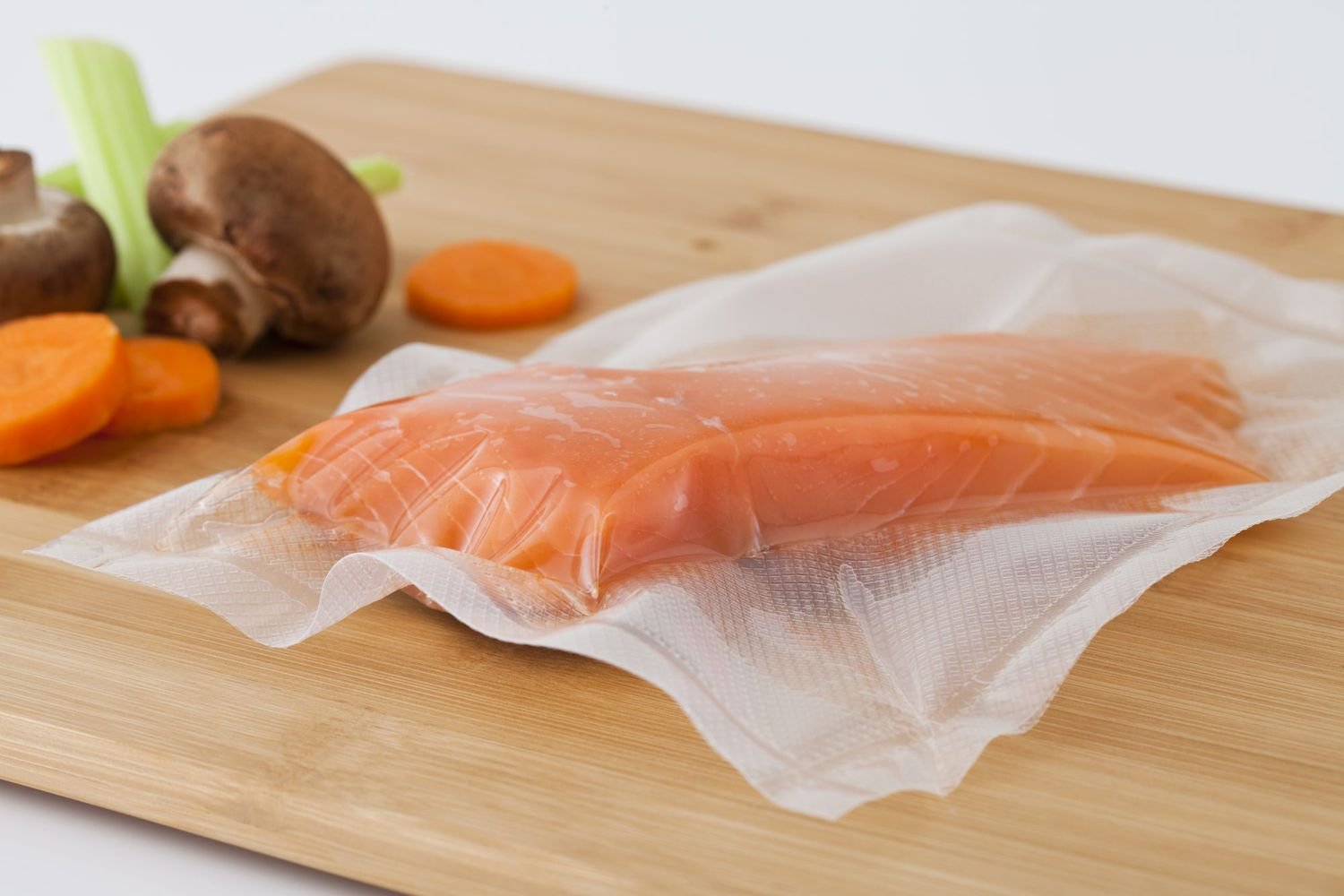Creating effective salmon flies requires selecting the right materials that not only attract salmon but also withstand the rigors of fishing. Here’s a detailed guide on the best materials to use for tying salmon flies:

Best Salmon Fly Materials to Use
Hooks
High-Quality Hooks
- Mustad, Tiemco, Daiichi: These brands offer strong, sharp hooks that maintain their integrity even after multiple strikes. Use sizes appropriate for your target salmon species and fishing conditions.
Thread
Durable Thread
- Uni-Thread, Danville’s, Veevus: These brands provide strong, reliable thread in various colors and sizes. Choose thread that complements your fly patterns and ensures a secure tie.
Feathers
Hackle Feathers
- Rooster and Hen Hackle: Ideal for creating collars, wings, and tails. They add movement and lifelike appeal to your flies.
- Brands like Whiting Farms: Known for high-quality hackle feathers that are consistent and durable.
Pheasant Feathers
- Golden Pheasant Tippets and Crests: Used for tails, wings, and body accents. Their natural coloration and texture are highly attractive to salmon.
Peacock Herl
- Peacock Feathers: Used for creating iridescent bodies and thoraxes. The natural shimmer of peacock herl adds an enticing element to your flies.
Fur and Hair
Natural Fur
- Rabbit Fur: Excellent for creating bodies and zonker strips. It adds natural movement and texture.
- Squirrel Tail: Ideal for creating tails and wings. It provides a sleek, natural look.
Synthetic Hair
- EP Fibers, Craft Fur: These materials are durable and versatile, used for creating lifelike wings and bodies. They mimic the movement of natural baitfish.
Tinsel and Ribbing
Flashy Materials
- Mylar Tinsel, Holographic Tinsel: Used for ribbing and body wraps to add flash and attract attention in murky waters.
- Brands like UTC, Veevus: Known for their high-quality tinsel materials that don’t easily fray.
Body Materials
Natural and Synthetic Dubbing
- Angora, Seal, Antron Dubbing: These materials create realistic, textured bodies. Angora and seal dubbing are popular for their natural sheen, while synthetic dubbing offers durability and a wide range of colors.
Chenille
- Ultra Chenille, Micro Chenille: Used for creating bodies and heads. Available in various colors and sizes, it adds bulk and texture.
Wing and Tail Materials
Natural Materials
- Bucktail: Commonly used for creating wings and tails. It provides a natural movement and is available in many colors.
- Marabou: Soft and flowing, marabou is ideal for creating tails and wings with natural movement.
Synthetic Materials
- Krystal Flash, Flashabou: Adds sparkle and flash to wings and tails, mimicking the scales of baitfish. These materials are durable and highly effective in attracting salmon.
Eyes
Realistic Eyes
- Epoxy Eyes, 3D Holographic Eyes: Adding eyes to your flies can make them more lifelike and improve their effectiveness. Epoxy and 3D holographic eyes are durable and realistic.
Beads and Cones
Weighted Heads
- Tungsten Beads, Coneheads: Used for adding weight to flies, helping them sink faster and reach deeper water where salmon may be feeding.
Conclusion
Choosing the right materials for tying salmon flies is crucial for creating effective, durable patterns that attract salmon and withstand the rigors of fishing. High-quality hooks, durable threads, natural and synthetic feathers, fur, and hair, along with flashy tinsel, realistic eyes, and weighted beads, all play a role in crafting successful salmon flies. By selecting the best materials and understanding their uses, you can tie flies that not only look appealing but also perform exceptionally well in various fishing conditions.




